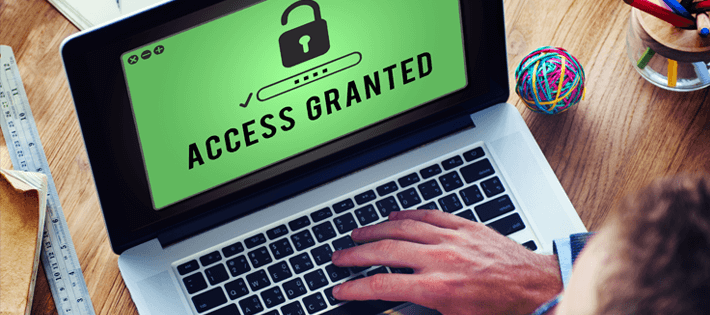Team Management: How to use Privileged Access Monitoring to Your Advantage

No matter their level of access, every user needs to be monitored within your network. Doing so protects your company from unexpected outsider and insider attacks. As a result, your business will run smoothly, and you'll be more prepared for emergencies.
So let us give you some guidance on privileged access monitoring. Each of these tips will help you spot problems within your network and fix them.
Let’s start!
Manage Privileged Access
Ongoing management and discovery of sensitive assets and privileged accounts are important for control and visibility. Find and record all service accounts, shared accounts, privileged user accounts, and known and unknown assets.
The monitoring and discovery system must check the following things:
- Has their own unique account and not others
- Requires privilege for that role
- Has access to privileges that are required for his role. For instance, a privileged user might need read access, but that's limited due to sensitive data or only access a small number of records.
- Has the appropriate credentials, such as a strong password.
Monitor Your Privileged Users Usage
While it can be reasonable to monitor and record only a few activities, or a sample of activities from non-privileged users, every form of privileged user activity needs to be monitored.
Your log should include all information needed to trace actions, including exact action executed, User ID, time database object, and a list of record altered or accessed.
Ensure that your privileged access monitoring logs can't be altered by users being monitored. To do this, restrict writing access and host the log in a separate database. Create policies that show legitimate behavior, then search for actions that violate it. Identify sensitive action and make sure it's authorized. When issues occur, remove the suspicious activity or send out an alert.
Analyze Behavior
Besides monitoring established policies, you have to identify deviations from user behavior with that data. This can indicate a database attack or malicious user activity that causes the suspicious behavior.
For example, you can have a privileged user account that can read multiple records from certain tables. They do this as a part of daily maintenance, and then reads that amount of records. It will then unexpectedly reads multiple times of that number of records. Because of this, use machine learning that can send alerts on suspicious activity and baselines access for the average user.
Alternatively, machine learning analytics can determine what data is important and what users can access it. This helps users identify high risks due to the system's alerts. With the increasing amount of security alerts in large database systems, you need to have an immediate focus on the higher risk alerts.
Make Reports
Besides using real-time monitoring, create a reporting system based on logs that can trace the full details of transactions and their activity. The reporting will give you the ability to find the origin of almost any suspicious activity.
Conclusion
Mainly, privileged access monitoring should be used to gauge the quality of your network. If privileged users are caught doing suspicious activity, work to remove them immediately. Conclusively, take the time to use your monitoring system to ensure that your company is safe.
839GYLCCC1992



Leave a Reply